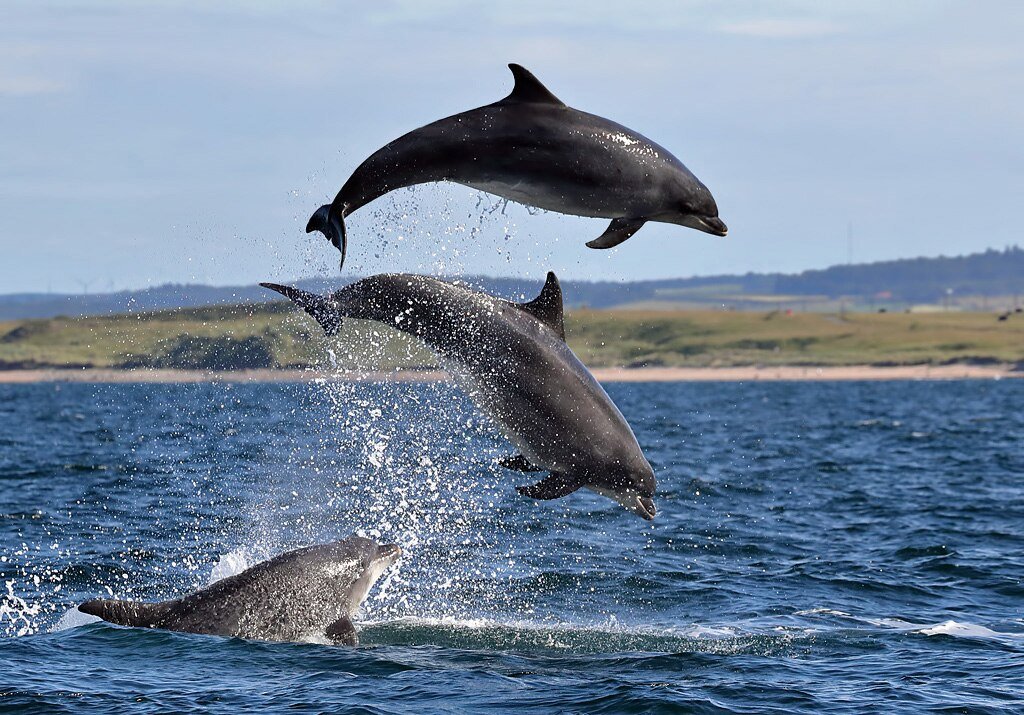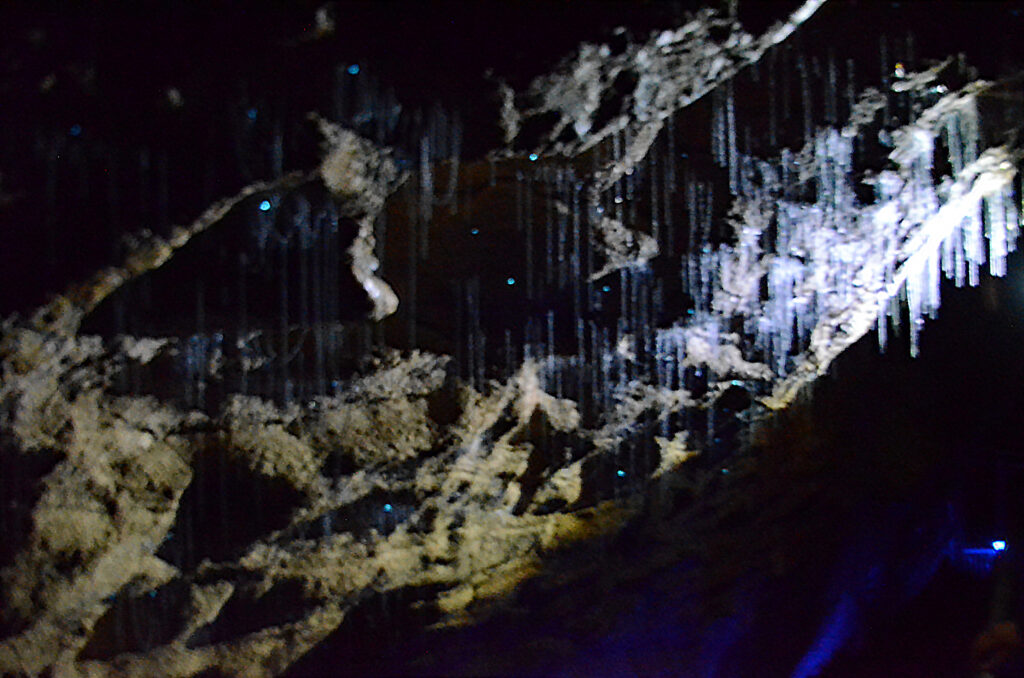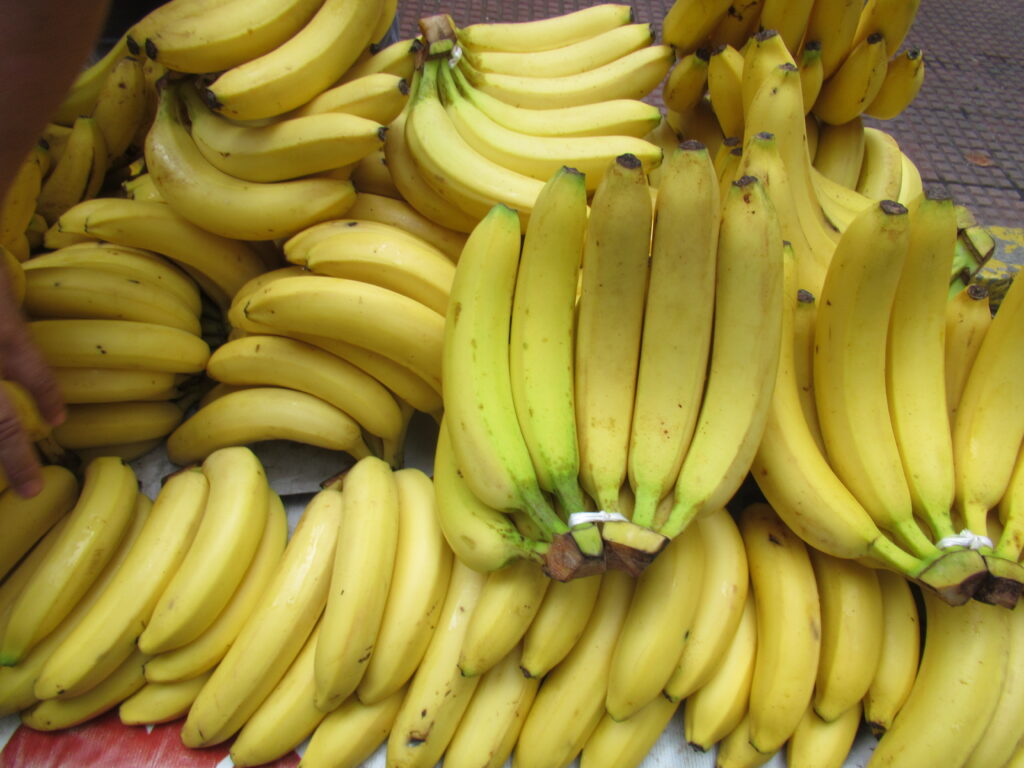A toxic chain reaction fueled by fertilizer runoff and septic leaks is starving bottlenose dolphins to death. Scientists warn it’s a grim preview of collapsing coastal ecosystems.
The Indian River Lagoon Massacre
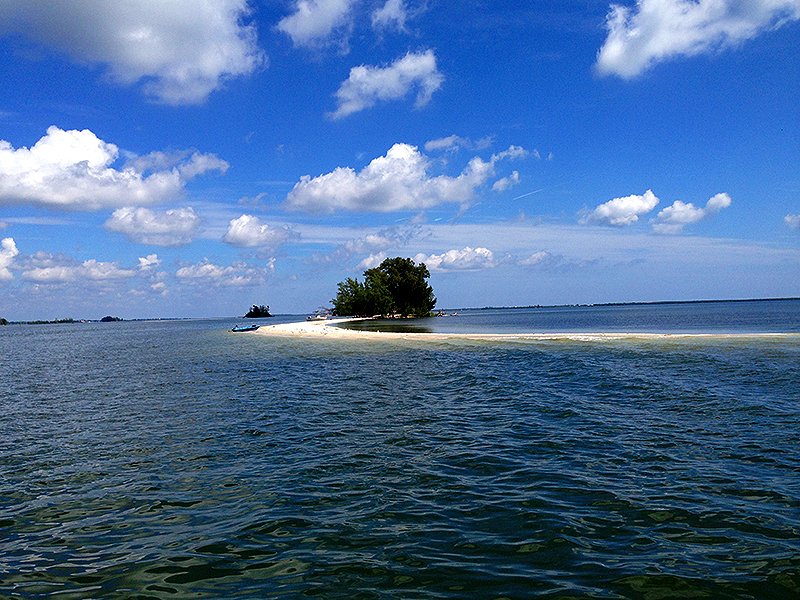
In 2013, Florida’s Indian River Lagoon became a graveyard for bottlenose dolphins. 77 dolphins washed ashore dead 8% of the local population their emaciated bodies revealing a horrifying truth: they’d starved to death. Autopsies showed empty stomachs, atrophied muscles, and, in some cases, intestinal tracts blocked by inedible seaweed.
The culprit? A phytoplankton bloom in 2011, turbocharged by fertilizer runoff and septic tank leaks, which:
- Shaded out 50% of seagrass beds (critical fish nurseries)
- Killed 75% of drifting macroalgae (a key prey habitat)
- Forced dolphins to swap energy-rich ladyfish for low-nutrient sea bream
“This wasn’t just a bad year it was a system-wide collapse,” says Dr. Charles Jacoby of the Florida Flood Hub, lead author of a landmark study.
[Image: Emaciated dolphin carcass. Credit: Hubbs-SeaWorld Research Institute/NOAA Fisheries]
The Junk Food Effect: Why Dolphins Are Starving
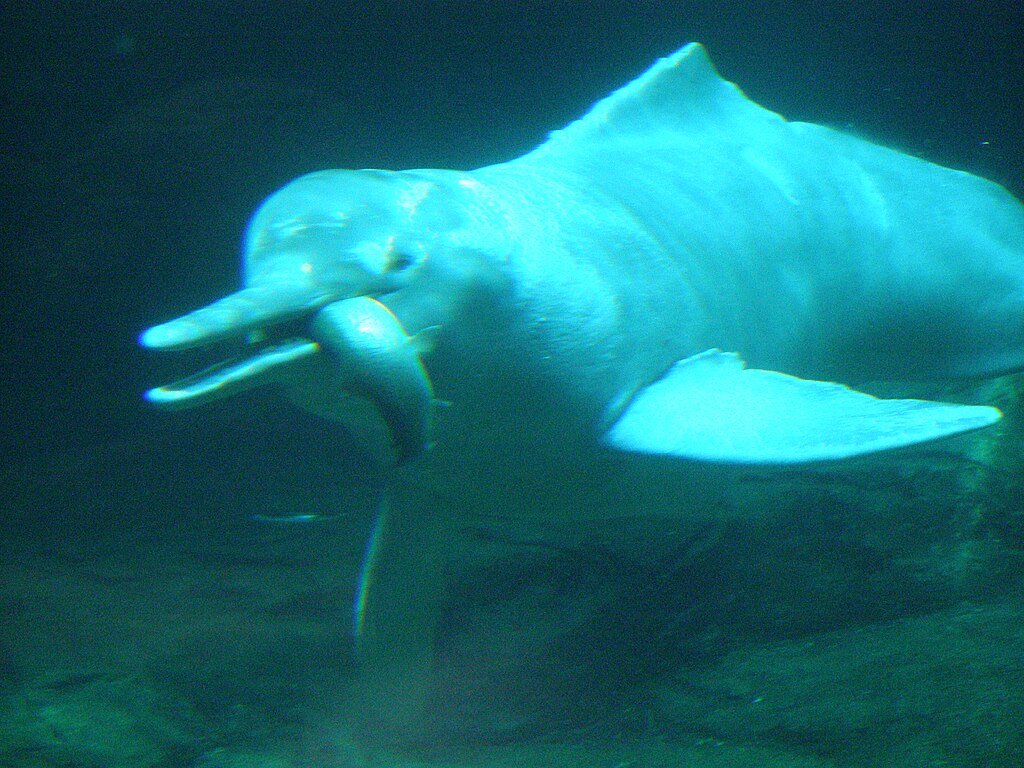
Like humans swapping steak for celery, dolphins faced a caloric crisis. Stable isotope analysis of their muscles revealed:
- ↓20% ladyfish (high-energy prey)
- ↑25% sea bream (low-energy filler)
Result: Dolphins needed to eat 15% more food to survive—but with decimated fish stocks, they couldn’t. By 2013:
- 64% of living dolphins were underweight
- 61% of deaths were from malnutrition (vs. 17% pre-2011)
“Imagine running a marathon on half rations,” says co-author Dr. Graham Worthy (University of Central Florida). “That’s what we’re asking these dolphins to do.”
Fertilizer + Septic Tanks = Algal Apocalypse
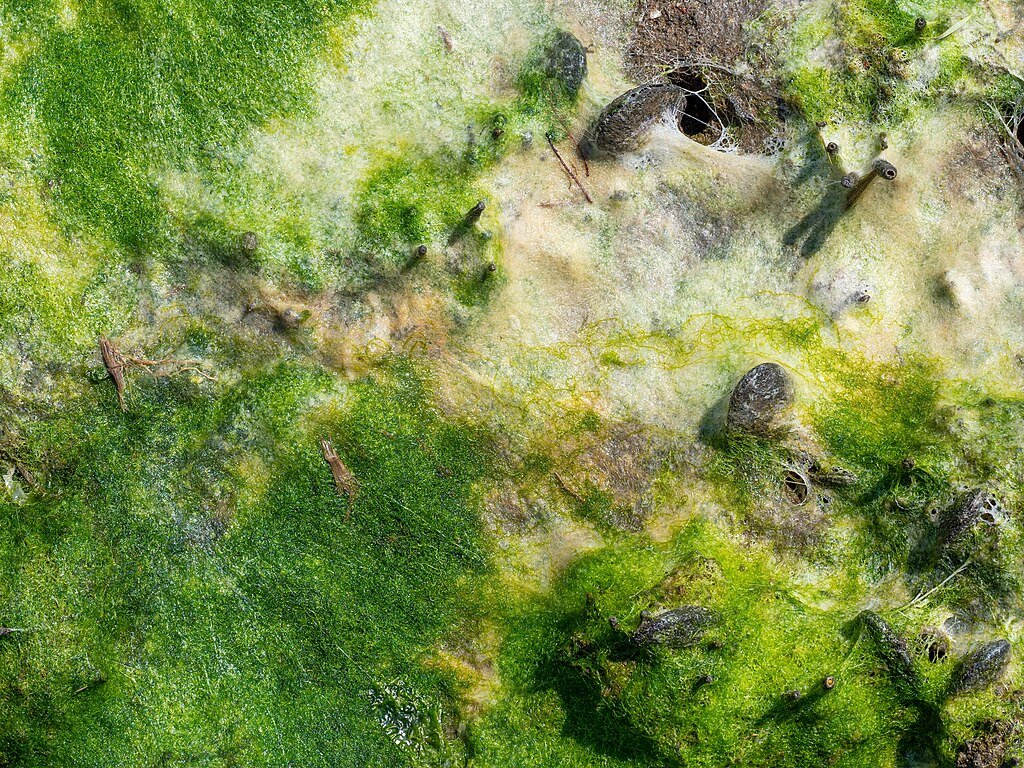
The 2011 bloom wasn’t natural. It was a human-made disaster:
- Nitrogen overload: From suburban lawns, citrus farms, and 280,000+ leaky septic tanks
- Phosphorus surge: Primarily from agricultural runoff
- “Dead zones”: Decomposing algae sucked oxygen from the water, killing fish
By the numbers:
- 90% of Florida’s septic tanks lack advanced treatment
- 1 acre of seagrass supports 10,000+ fish but the lagoon lost 20,000 acres
[Image: Phytoplankton bloom turning water pea-green. Credit: NASA Earth Observatory]
The Climate Connection: Warmer Waters, Worse Blooms
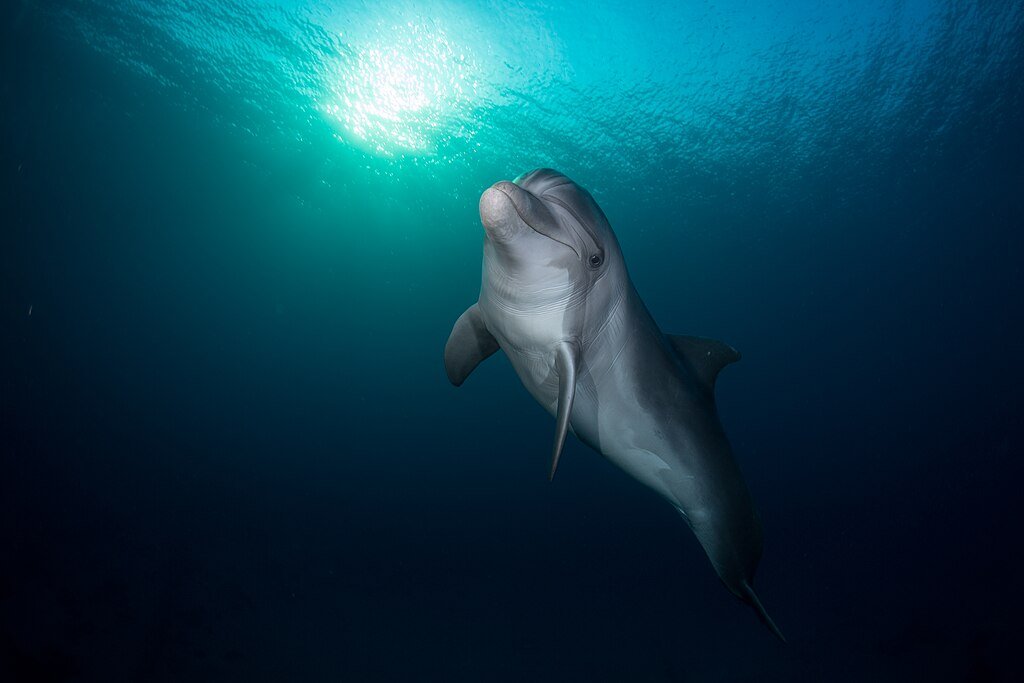
Climate change is supercharging the crisis:
- Warmer water = longer, more intense blooms
- Stronger hurricanes = more septic tank overflows (e.g., Hurricane Ian in 2022)
- Rising seas = saltwater intrusion into septic systems, releasing trapped nutrients
“We’re creating a time bomb,” warns Megan Stolen of the Blue World Research Institute. “Every new subdivision adds another drip into the toxic cocktail.”
The Ripple Effect: From Dolphins to Your Dinner Plate
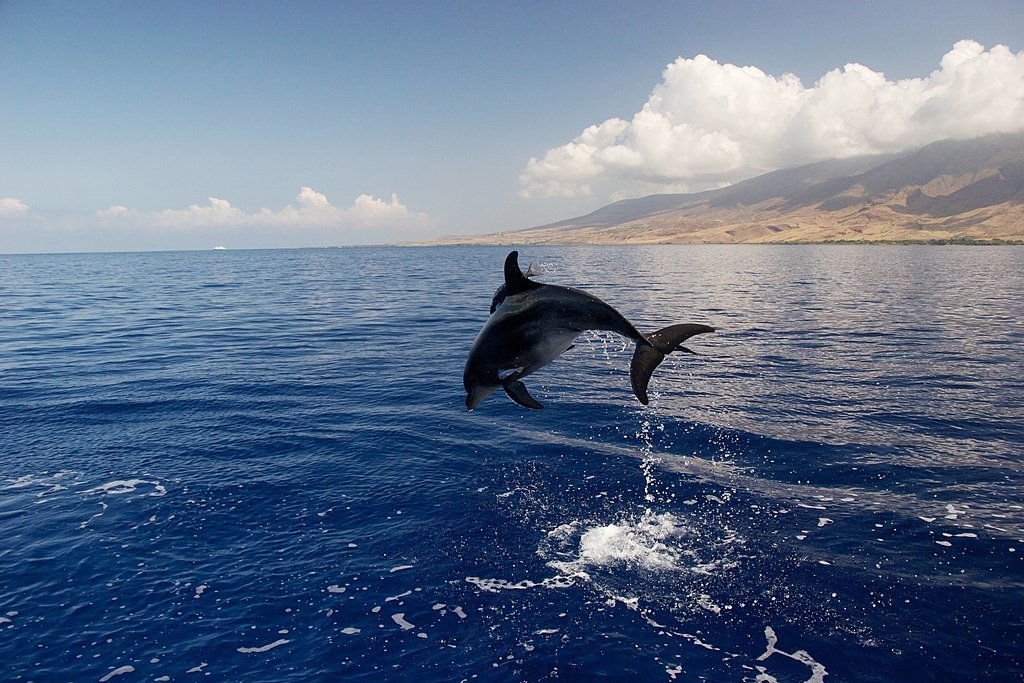
Dolphins are “sentinels” their collapse warns of broader ecosystem failure:
- Fisheries crash: Seagrass loss has already shrunk spotted seatrout catches by 40%
- Tourism at risk: Dead dolphins = fewer eco-tourists in the $7.6B lagoon economy
- Climate impact: Healthy seagrass stores 3x more carbon than forests but dying beds release it back
Can Florida Fix This? The 2035 Rescue Plan
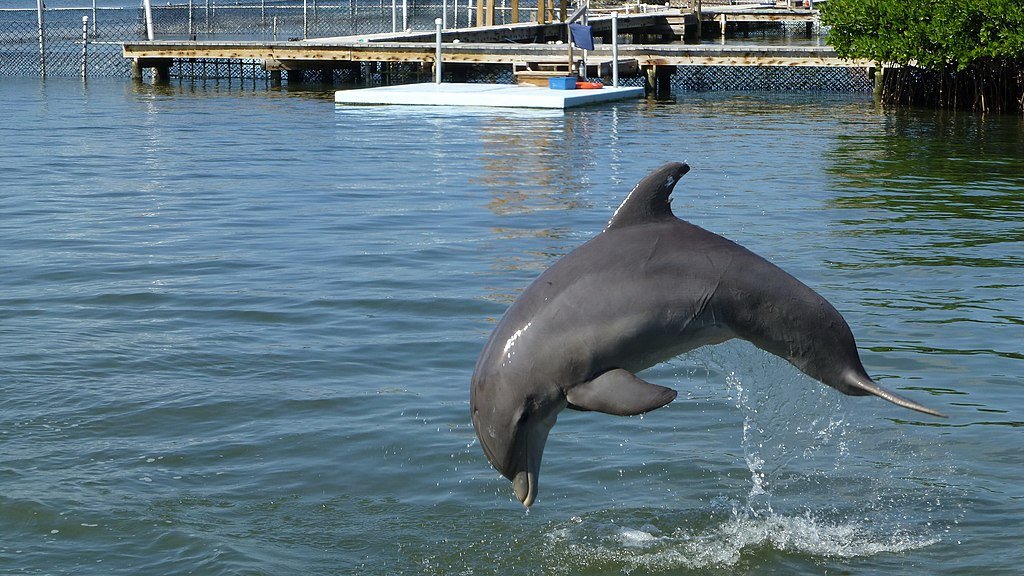
Hope isn’t lost. Solutions in progress:
- Septic-to-sewer conversions: $500M pledged to replace 24,000 tanks by 2030
- Farming reforms: “Smart fertilizer” tech cuts runoff by 30% in trials
- Seagrass restoration: 1,200 acres replanted but needs 50x more
“The dolphins showed us the problem,” says Jacoby. “Now we have to choose: act or accept a lifeless lagoon.”
How to Help:
✔ Report pollution to Florida’s Environmental Hotline
✔ Choose “ocean-friendly” lawns: Skip phosphorus fertilizers
✔ Support septic reform: Back local cleanup taxes
Sources:

Suhail Ahmed is a passionate digital professional and nature enthusiast with over 8 years of experience in content strategy, SEO, web development, and digital operations. Alongside his freelance journey, Suhail actively contributes to nature and wildlife platforms like Discover Wildlife, where he channels his curiosity for the planet into engaging, educational storytelling.
With a strong background in managing digital ecosystems — from ecommerce stores and WordPress websites to social media and automation — Suhail merges technical precision with creative insight. His content reflects a rare balance: SEO-friendly yet deeply human, data-informed yet emotionally resonant.
Driven by a love for discovery and storytelling, Suhail believes in using digital platforms to amplify causes that matter — especially those protecting Earth’s biodiversity and inspiring sustainable living. Whether he’s managing online projects or crafting wildlife content, his goal remains the same: to inform, inspire, and leave a positive digital footprint.

